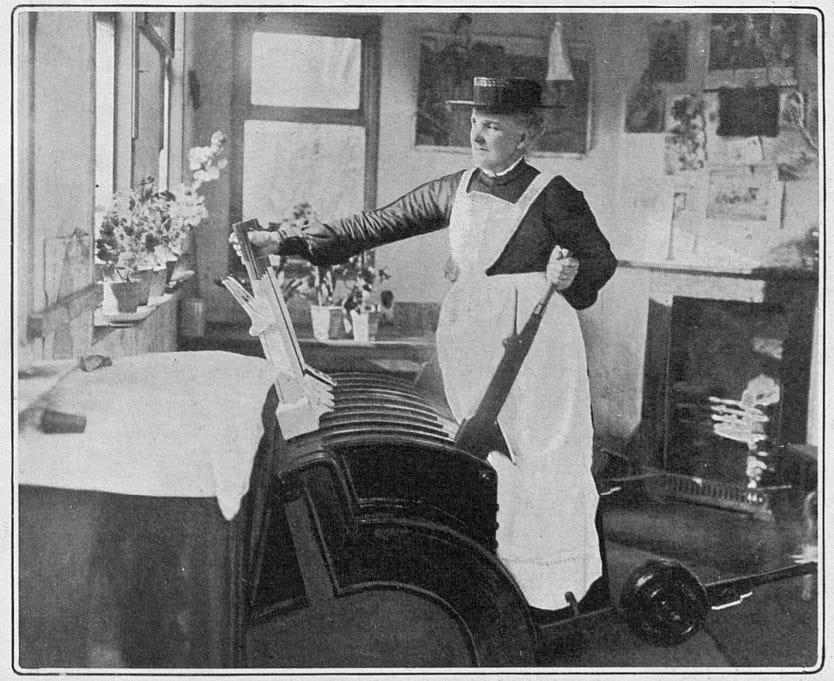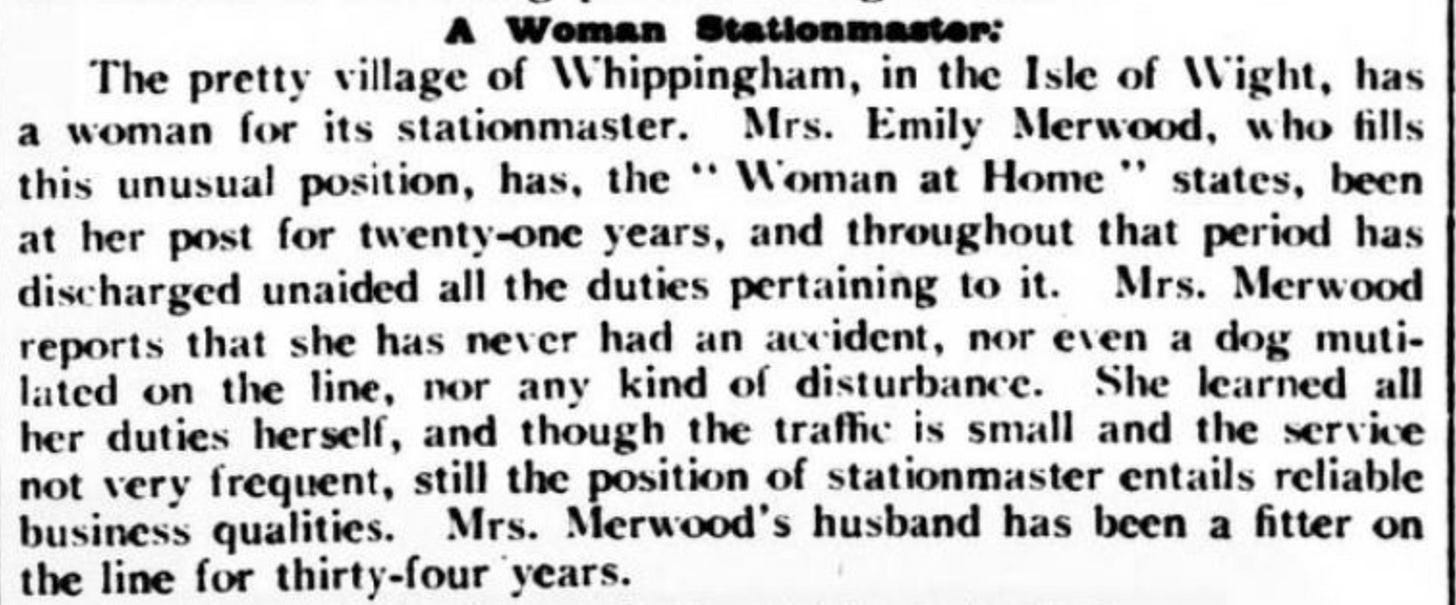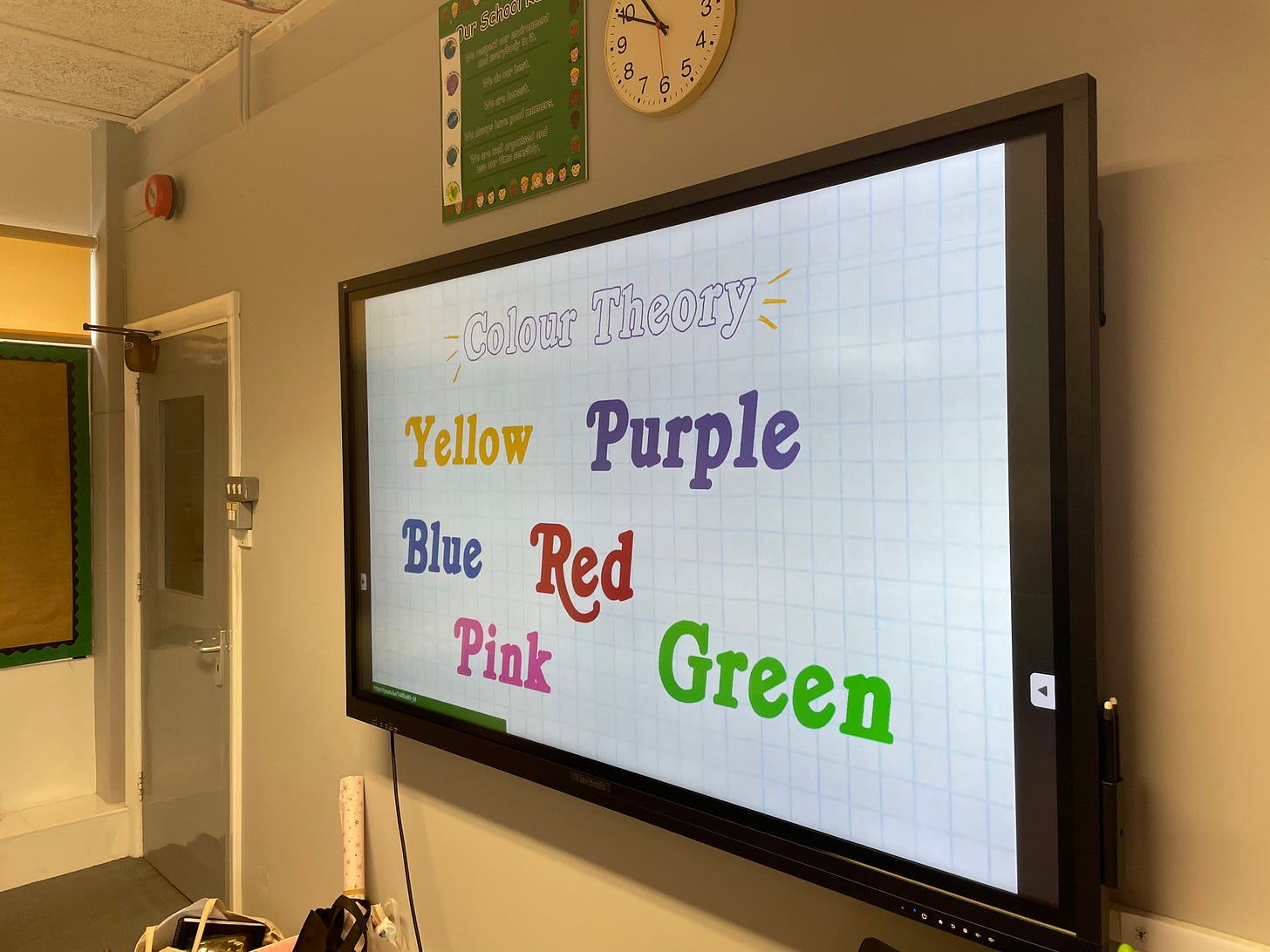Celebrating Women's Stories Through Art: International Women's Day Workshop 2023
Working with Year 5 and Year 6 students, we explored how creative expression can help us understand changing attitudes toward women across generations.
I had the privilege of designing and facilitating a special collage workshop for International Women's Day that connected students with remarkable women from Isle of Wight history.
Uncovering Hidden Histories
The workshop, created in partnership with the Isle of Wight Steam Railway, centred around the fascinating story of Emily Merwood, Whippingham station's "station mistress" from 1888 to 1900. At a time when railway stations were almost exclusively managed by men, Emily proudly took sole charge of her station, complete with a distinctive white starched apron and straw boater hat uniform.
Emily's responsibilities were comprehensive—she sold tickets, assisted passengers, managed signaling, and served as porter. What made her position even more remarkable was that Whippingham Station was Queen Victoria's personal station.
I shared with students how newspapers of the era treated Emily as a curiosity, emphasising her gender as unusual in what they considered a "male" profession. Publications like The Sphere felt compelled to assure readers that "Mrs. Merwood is thoroughly capable of looking after the station" (October 31, 1908)—a sentiment that revealed much about societal attitudes of the time.
Bridging Past and Present
To create a meaningful connection between past and present, we contrasted Emily's story with that of Sarah Tagart, a contemporary railway worker currently training to become a steam railway train driver. Sarah comes from a family with deep railway connections, continuing a proud tradition while breaking new ground.
For the workshop, I took portions of an oral history interview I had conducted with Sarah and turned it into an animated video, allowing her voice and experiences to directly reach the students. This created a powerful timeline of women's experiences in the railway industry spanning over a century.
The Creative Process
After exploring these stories, I guided students through the art of collage as a medium for reflection and expression. I prepared a video tutorial explaining collage techniques and introduced them to basic colour theory—how different hues can evoke specific emotions and associations.
We discussed how words, colours, and images carry symbolic weight and can be assembled to convey complex ideas. Students were encouraged to think critically about:
How have opportunities for women changed between Emily's time and Sarah's?
What visual elements might represent challenges faced by women then and now?
How might colour reflect feelings?
Each student then created their own A4 collage inspired either by International Women's Day themes or the specific stories of Emily and Sarah. The resulting artworks were remarkably thoughtful and diverse.
Student Creations
The finished collages revealed profound insights. Some students used contrasting colors to represent changing attitudes, while others incorporated transportation imagery alongside portraits of influential women in their own lives. Text fragments from old timetables, modern magazine headlines, and their own written reflections added further depth.
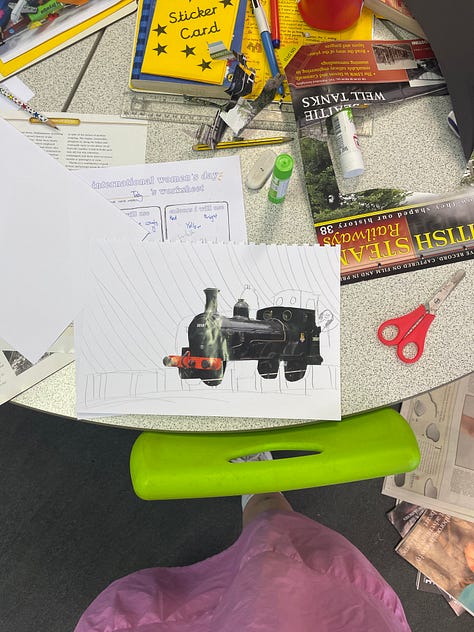
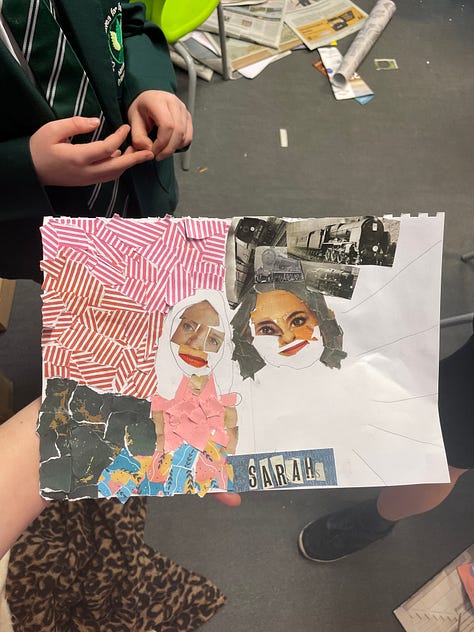
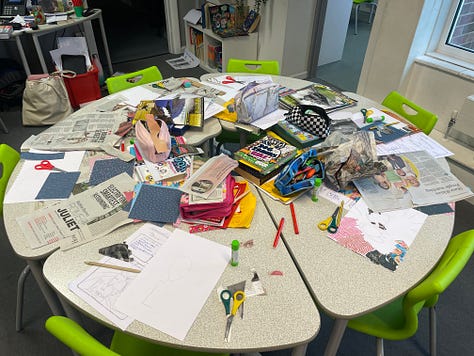
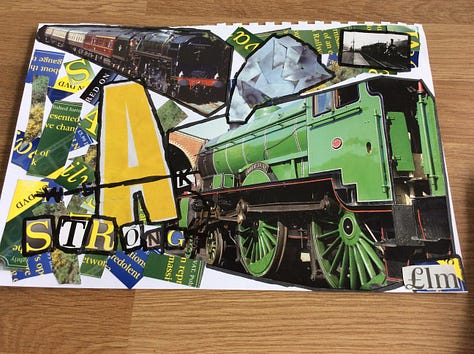
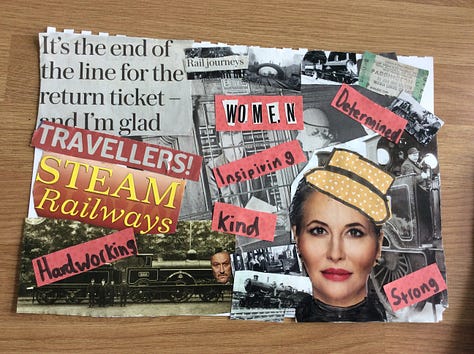
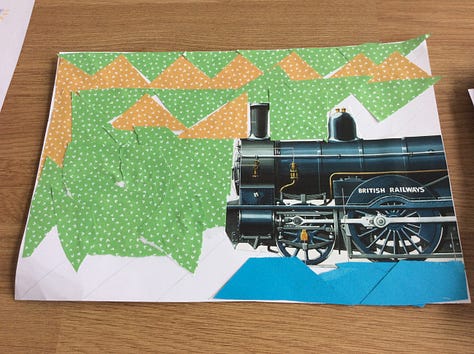
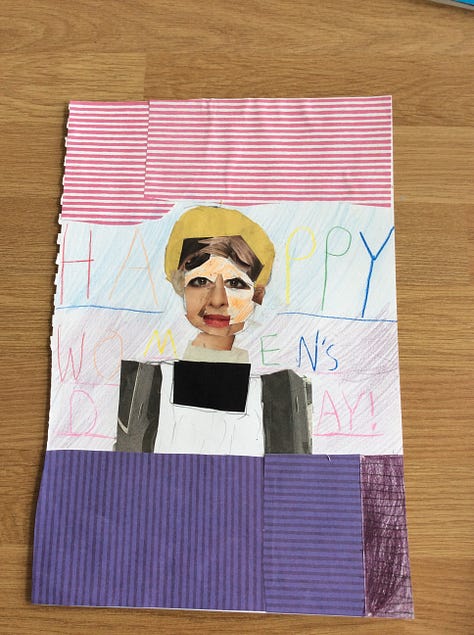
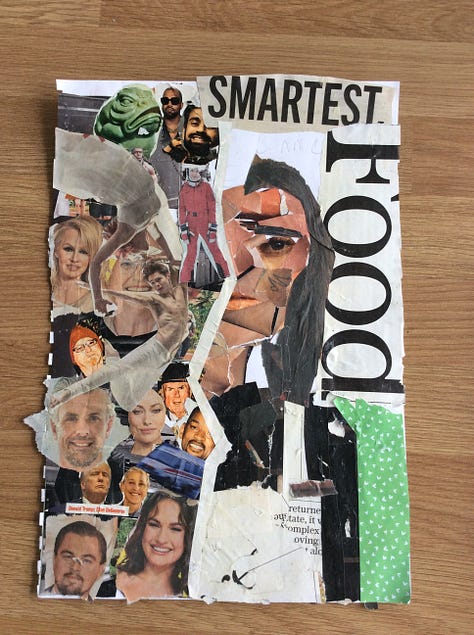
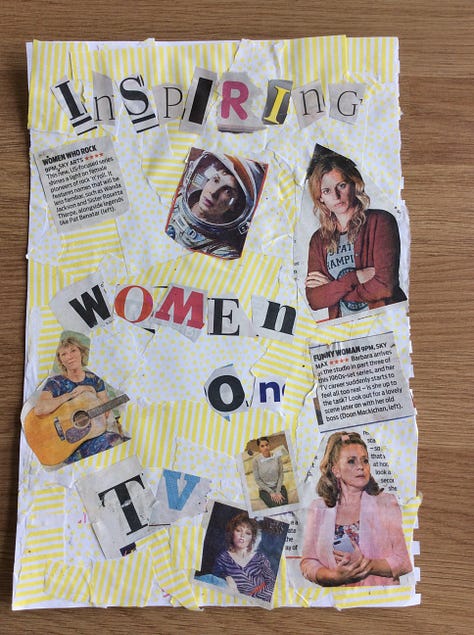
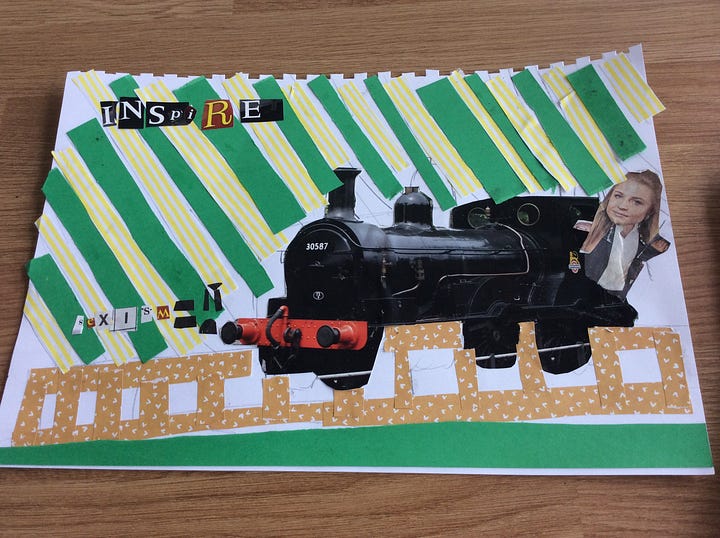

Reflections
This workshop reinforced my belief in art's power to make history personal and relevant. By physically cutting, arranging, and adhering elements, students engaged with abstract concepts like gender equality in tangible ways. The process of creating collages provided space for contemplation about how far society has come—and how much further we have to go.
The International Women's Day workshop exemplified what I hope to achieve through all my community art initiatives: connecting historical narratives with contemporary experiences, encouraging critical thinking through creative practice, and celebrating the often overlooked stories that shape our communities.





